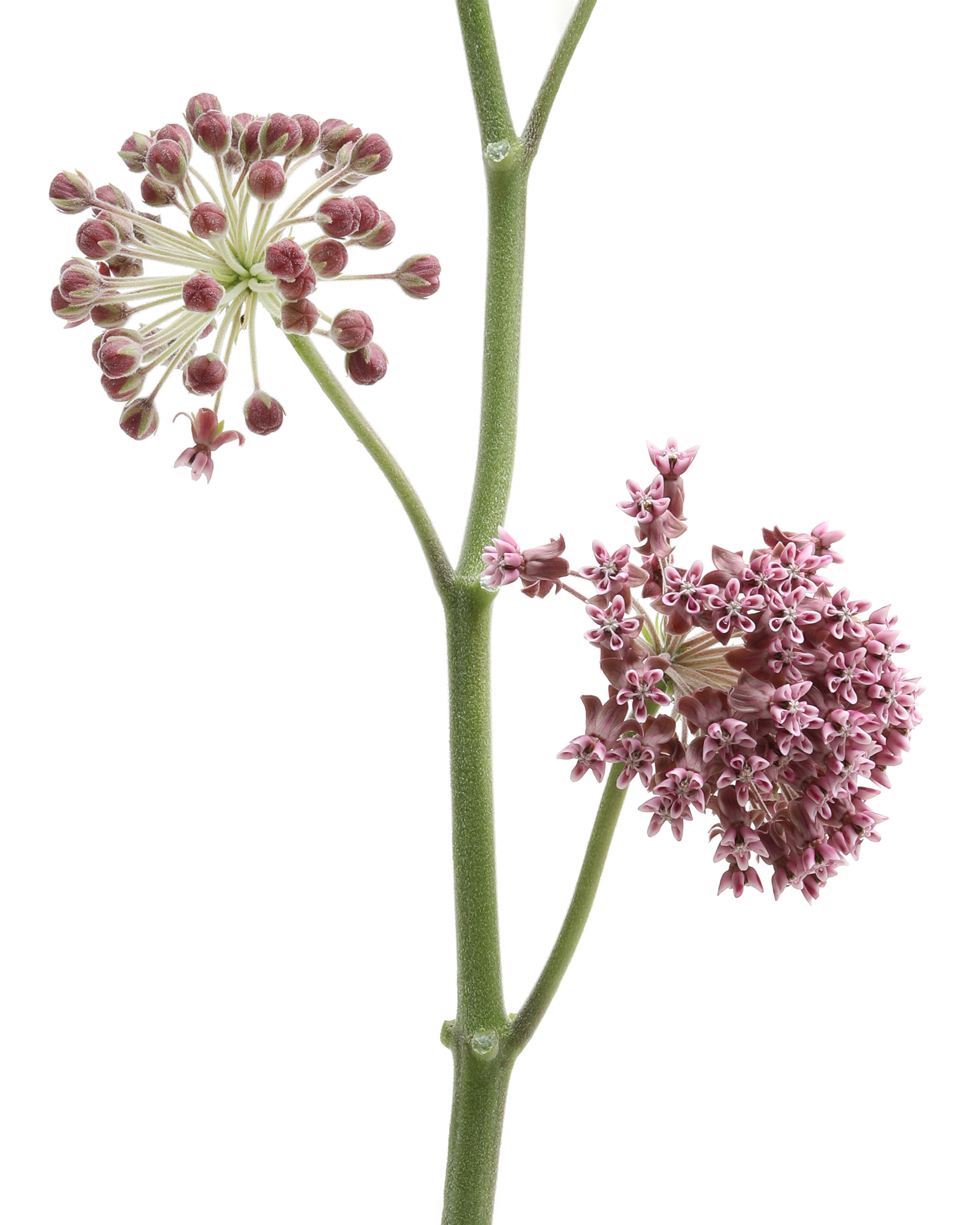
declutterring
I stripped the leaves from yesterday’s milkweed so we could all focus uninterruptedly on the fireworks of their quietly spectacular flowers.
common milkweed flowers
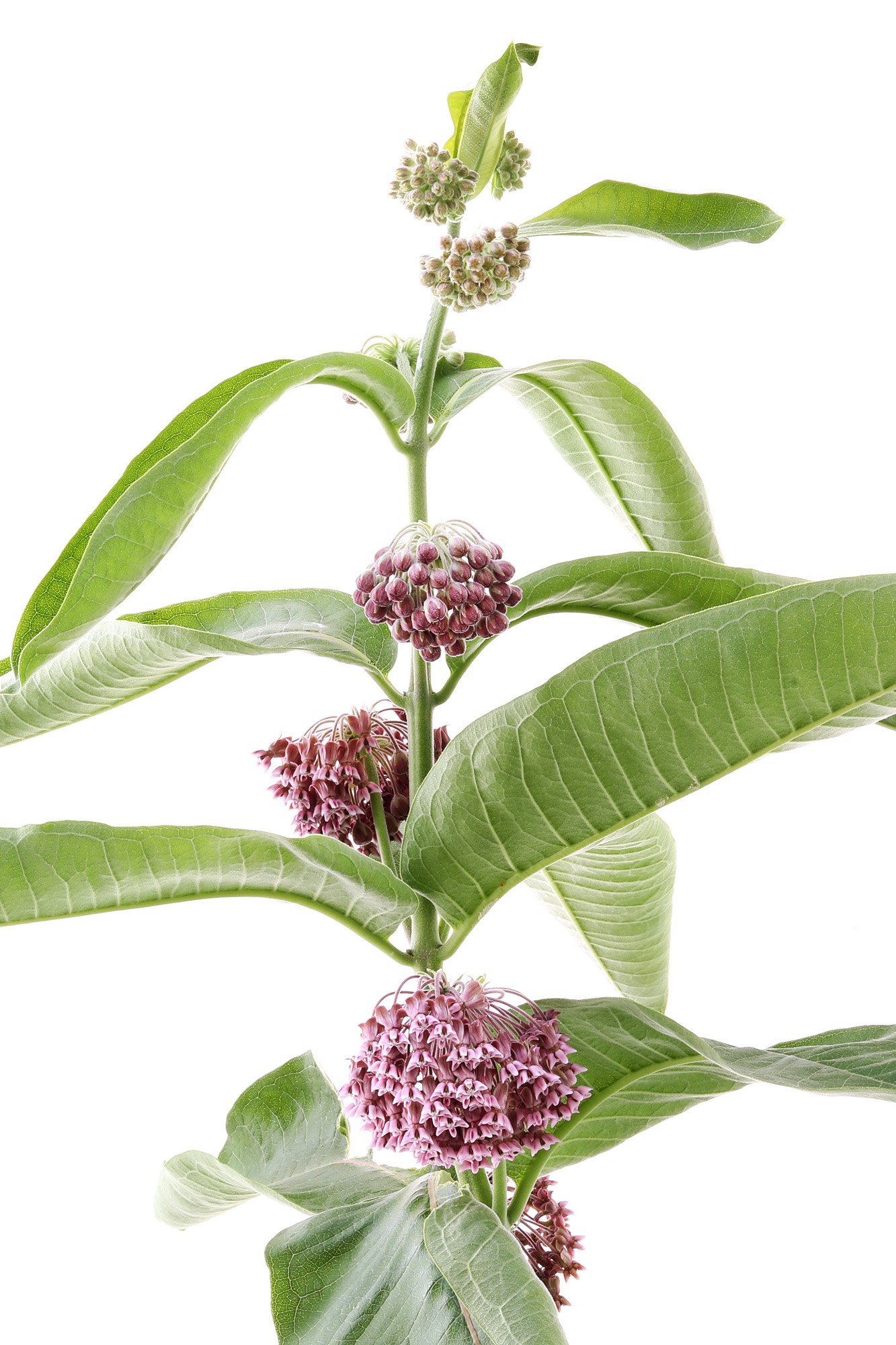
you say tomāto, i say tomäto
Seeing milkweed in full bloom makes me happy. As all of us nature lovers know by now…milkweed is a critical food source for monarch butterflies. And one of the reasons monarch butterflies are being threatened, is the loss of habitat for milkweed. It is among the single most important food sources for monarch butterfly caterpillars (Danaus plexippus) in the northeastern and midwestern United States. Wiki informs me that another name for milkweed is silkweed. Both names make complete sense: “milk” comes from the sticky white latex substance the stem bleed when cut, and “silk” comes from silken threads of the seeds that fill the seedpods and are released as fluff every autumn. Milkweed. Silkweed. Tomāto. Tomäto.
common milkweed (Asclepias syriaca)
-
This stem looks thirsty! Don’t you just love those intricate little individual flowers? And the fragrance permeates the whole area, esp in the evening. The eastern bumbles adore it. Do you have a patch on your property? Currently my patch in the alley is about 50 stems and spreading, but I see very few monarchs these days. I miss them!
reply
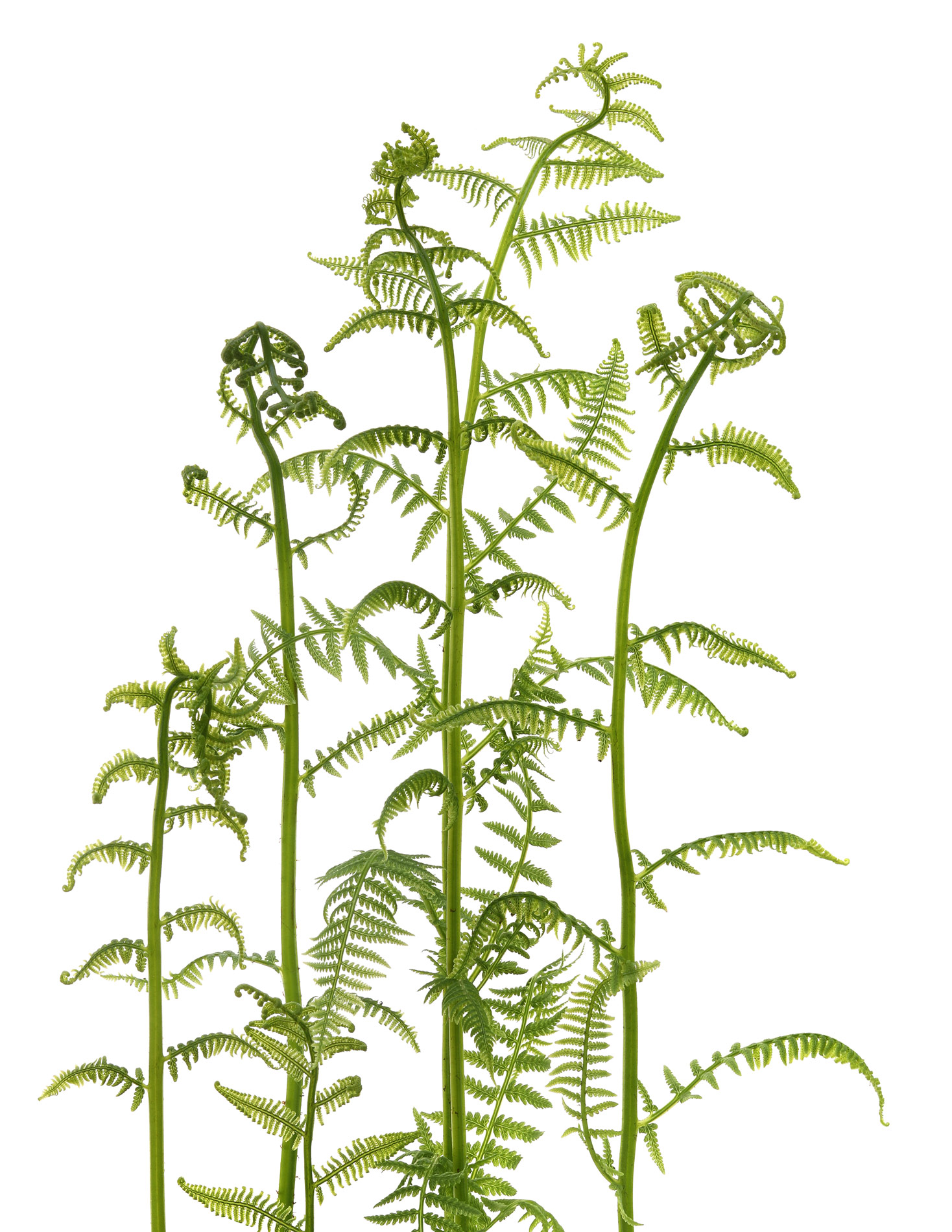
still unfurling!
My lady ferns are still unfurling! This feels a little late to me. It’s possible it is because of all the rain–the ferns are significantly taller and fuller than the previous few summers. Perhaps it takes longer for a fern to fully unfurl when it is growing 50% taller than usual. Speaking of rapid growth, the sandhill crane colt living in our back yard, appears to grow almost an inch a day. Image what it it feels like to grow at that rate? I hope he doesn’t have growing pains. I hope evolution has provided him with everything he needs to accommodate such rapid development. This is the season of growth.
lady ferns
-
I’ve been following you for a long time and love your work. Recently it seems like your photos are even more stunning with crisper subjects standing out from the background. Are you doing something differently? I’d love to know if it’s not giving away your secrets!
reply -
I have been following you for a long time and love your work. Lately it seems like your work is even more stunning than usual. I would love to know if you are doing anything differently, if it’s not giving away too many of your secrets. The subject seems to stand more crisply away from the background and the details are amazing.
reply
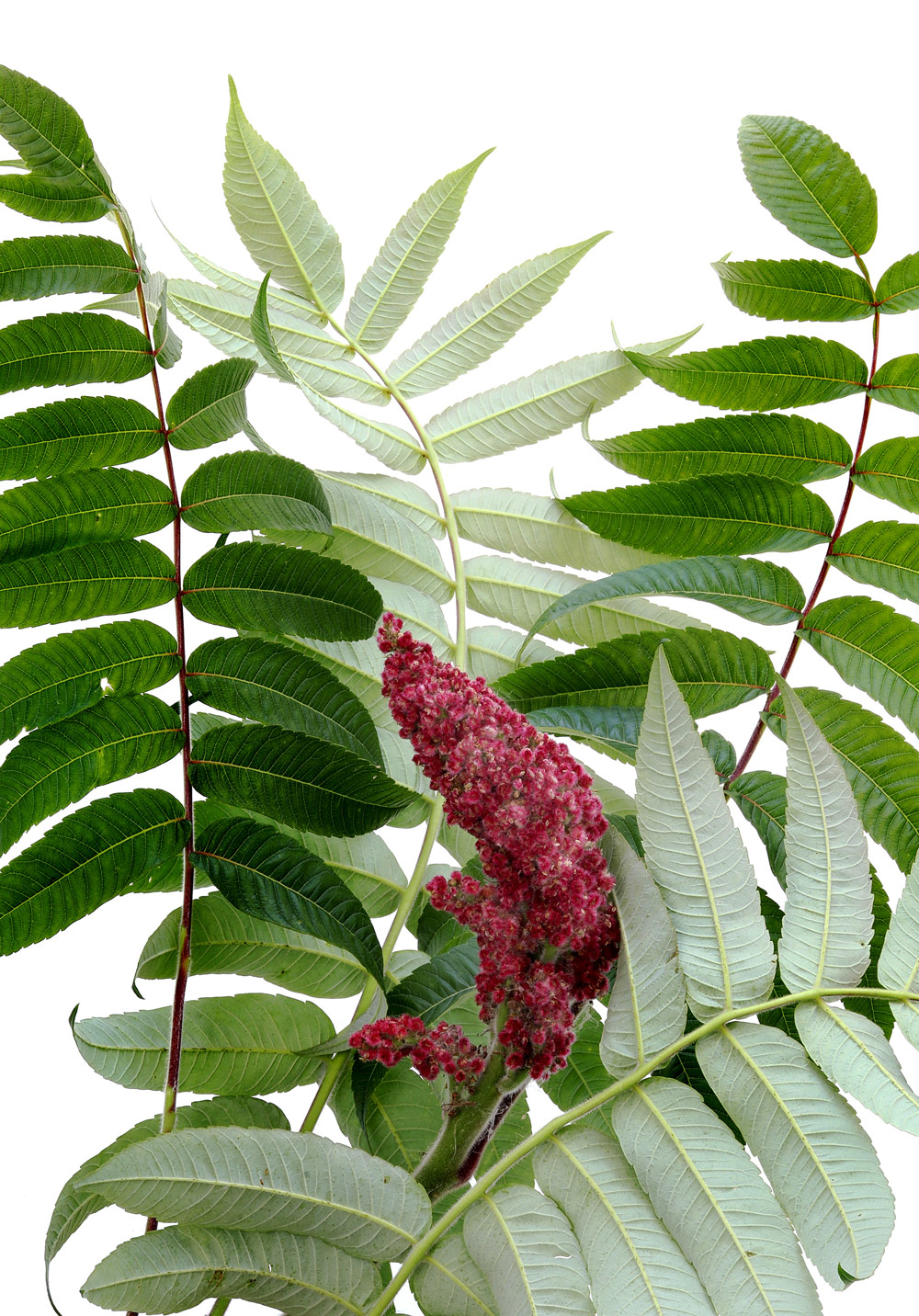
in my top 5
I have been doing a lot of podcast interviews lately as part of my book launch. One of them was with a personal hero of mine, Jennifer Jewell, of the Cultivating Place podcast. At the end of the interview, Jennifer asked me if I had to pick my top 5 plants to photograph, what would they be? I don’t recall exactly how I answered, but I am quite sure staghorn sumac was in the list. Pulling from memory, I think I answered: fiddlehead ferns, common milkweed, staghorn sumac, cattails, and crabapple trees. It’s a quirky list, and I’d love to add smokebush as an honorary member. If I had just those six plants, I think I could make STILL interesting in every season of our northern year. What would your top five be?
staghorn sumac in late June (Rhus typhina)
-
The sumac IS four-season beautiful!
I’ve thought about this wicked Jennifer Jewel question every week as she asks it of her interviewees. I can’t answer it! I just can’t limit myself to five. Good for you for doing so, on the spot. In retrospect, are you still pleased with your choices?reply -
…and being a fan of Cultivating Place as you are, did you prepare in advance, knowing the question was coming?
reply
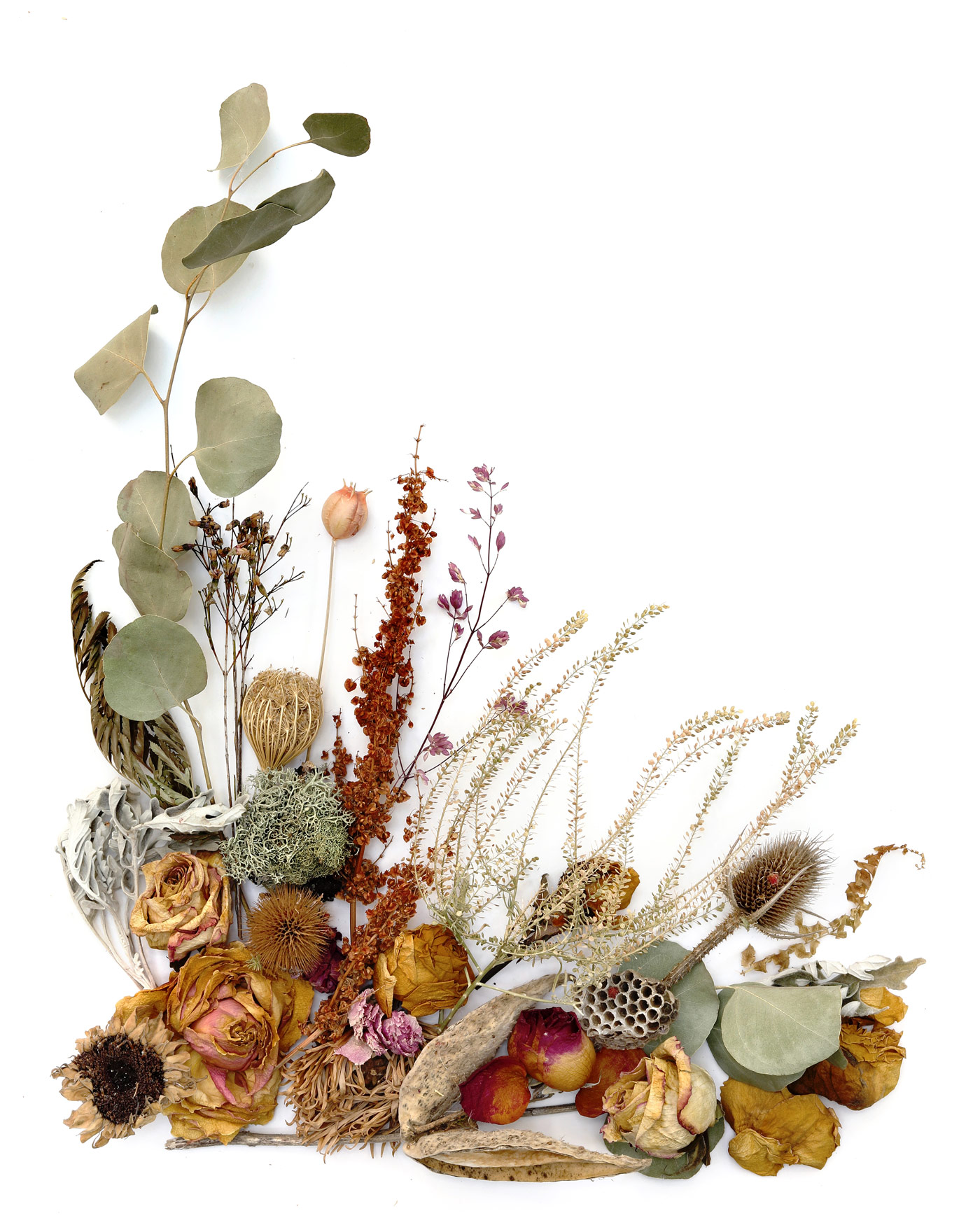
dreamy summer afternoons
Today is the first day I have completely free in two months. I celebrated by spending the better part of the day in a comfortable chair reading Amor Towle’s new book Table for Two. Towles is one of of my favorite contemporary writers. If you have never read his work, I recommend it. Start with A Gentleman in Moscow. I took a little break mid-afternoon to make this still life composition which, upon reflection, feels a little whimsical and dreamy. Not unlike my day.
still life composition of dried botanicals
-
Amor Towles – yes,yes,yes! I read The Gentleman….. once a year, I am never disappointed- only when I come to the beautiful last page.
reply -
Oh, this is indeed a dreamy composition, I just love it ❤. Well done, MJ. While a single specimen is always good to see, your eye for a good “shaped” comp is exceptional.
Yes, Amor Towles is wonderful. Just finished his newest. Glad you had a relaxing day, finally.reply


